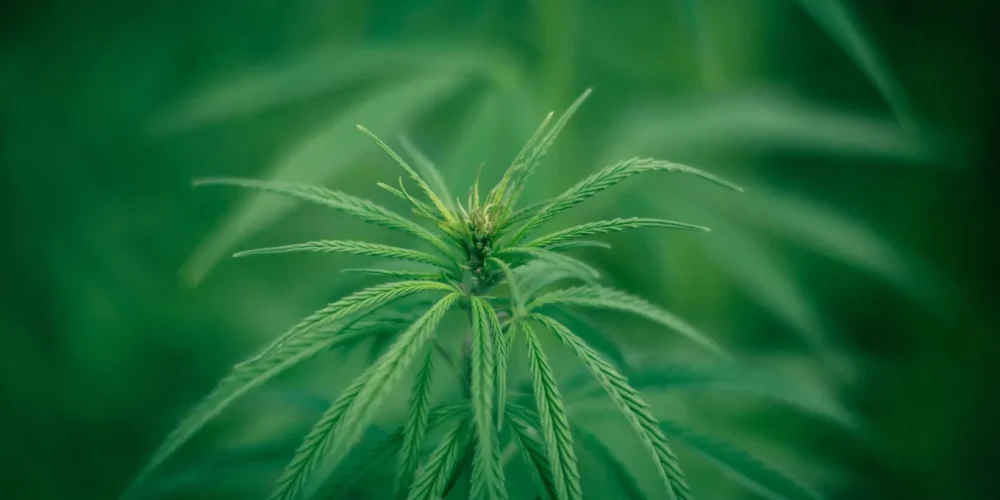How Much DNA Do Brother and Sister Share
When it comes to the genetic makeup of siblings, many people wonder how much DNA brothers and sisters actually share. The answer lies in the fact that siblings inherit half of their DNA from each parent, but the specific amount they share can vary. Let’s dive deeper into this fascinating topic.
On average, brothers and sisters share about 50% of their DNA. This means that half of their genetic material is identical, while the other half differs between them. However, it’s important to note that this is an average and not a fixed percentage for all sibling pairs. Each sibling inherits a unique combination of genes from their parents, resulting in variations in shared DNA. The amount of shared DNA between siblings also depends on factors such as recombination during meiosis (the process by which reproductive cells are formed) and random assortment of chromosomes. These processes contribute to genetic diversity within families and explain why siblings may have different traits or characteristics despite sharing common ancestry.
In summary, while brothers and sisters generally share around 50% of their DNA, individual variations exist due to factors like recombination and chromosome assortment. Exploring the intricacies of genetic inheritance can shed light on our similarities and differences with our siblings, adding another layer to our understanding of what makes us who we are.

What is DNA and How is it Inherited?
DNA, short for deoxyribonucleic acid, is a molecule that contains the genetic instructions necessary for the development and functioning of all living organisms. It serves as the blueprint for our characteristics and traits, from eye color to height to susceptibility to certain diseases.
Inherited DNA is passed down from generation to generation through sexual reproduction. Each individual inherits half of their DNA from their biological mother and half from their biological father. This means that siblings share a significant amount of genetic material since they have the same parents.
When we talk about how much DNA brothers and sisters share, we typically refer to the percentage of identical DNA sequences between them. On average, full siblings share about 50% of their DNA. However, this percentage can vary due to recombination events during meiosis, which shuffle genetic material between chromosomes.
To give you a better understanding, here are some key points regarding the inheritance of DNA among siblings:
- Random Assortment: During meiosis, chromosomes pair up and exchange segments in a process called recombination or crossing over. This leads to a mix-up of genetic material between homologous chromosomes and contributes to genetic diversity among siblings.
- Genetic Variation: While siblings inherit 50% of their DNA from each parent, the specific combination of genes they receive can differ greatly. This variation accounts for differences in physical appearance, personality traits, and predisposition to certain diseases.
- Shared Ancestry: Siblings not only share recent common ancestors but also inherit segments of DNA that have been passed down through generations within their family tree. These shared ancestral segments contribute to similarities in familial traits or inherited conditions.
- Identical vs Non-identical Twins: Identical twins (monozygotic) originate from a single fertilized egg that splits into two embryos early in development. They share nearly 100% of their DNA. Non-identical twins (dizygotic) develop from two separate eggs fertilized by different sperm and share, on average, 50% of their DNA like any other siblings.
Understanding the intricate nature of DNA inheritance helps us appreciate the complexity and uniqueness of each individual’s genetic makeup. It also underscores the importance of genetics in shaping who we are and why we may resemble or differ from our siblings in various ways.






